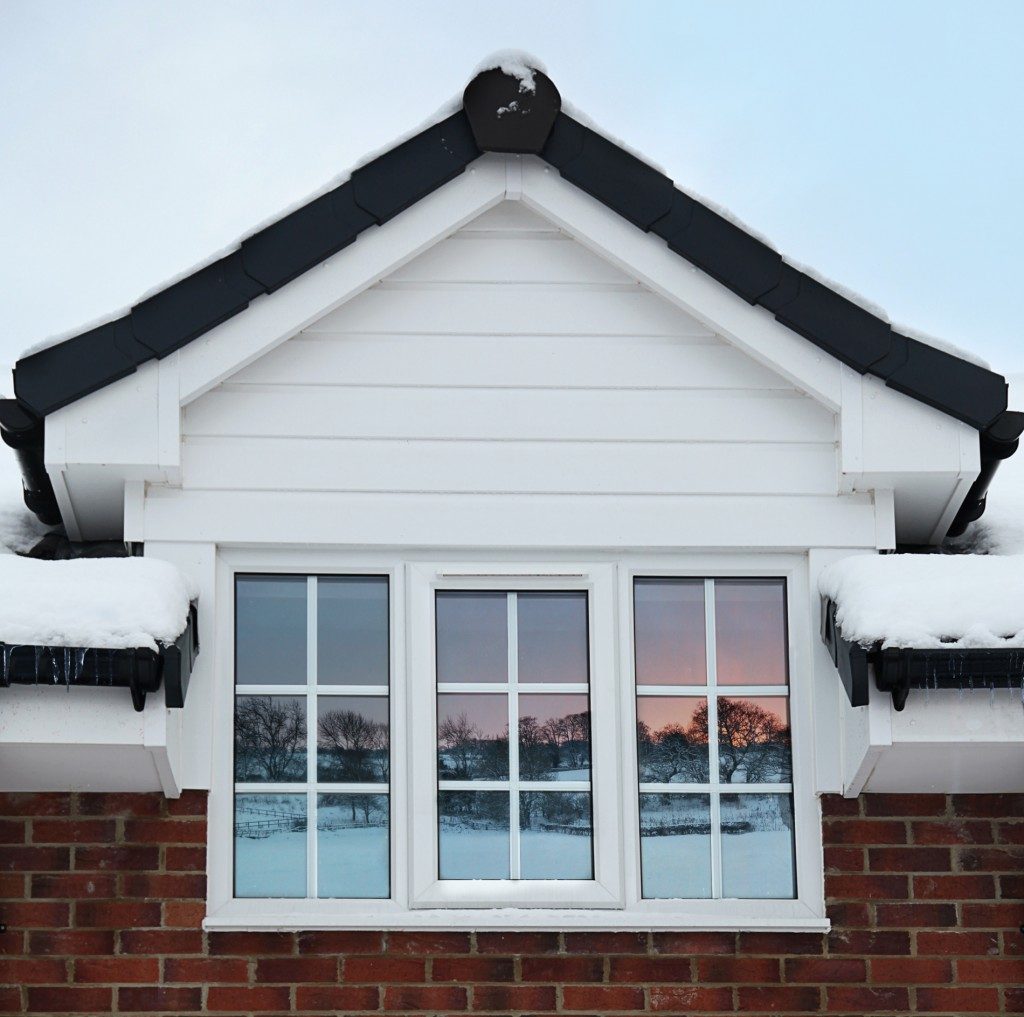Everyone’s well aware of the causes of asthma flare-ups: pollen, dust mites, pet dander, and mold spores. People keep their homes spick and span to control such triggers. However, while you can manage what’s inside your house, you have little to no control about the outdoors. What many people don’t know is that the weather, particularly the extreme changes in climate, can put you on a breathless haze. Here’s what makes these stuff culprits:
During Thunderstorms
It seems far-fetched for natural disasters to cause asthma attacks, but when a storm forms, it picks up pollen grains, gathering it in the clouds. These allergen particles will be ruptured and released into the air, creating a gigantic mass of potential asthma triggers. Thus, doctors highly recommend asthma patients to stay indoors as much as possible when there are forecasts of thunderstorms.
Close the doors and windows until the storm has passed. If you happen to catch the storm while outside, change your clothes as these might have caught some pollen irritants. Keep your inhaler with you. If you have hay fever, take your antihistamines or nasal spray to manage your symptoms.
During Summer

There’s no clear link between hot weather and asthma, but some physicians in American Fork believe that inhaling hot, humid air can make the airways narrow and therefore trigger coughing and shortness of breath. Some also theorize that the high levels of pollutants in the atmosphere during summer trigger asthma attacks. Similar to when there’s a thunderstorm, stay indoors as much as possible during hot weather. Keep cool by turning on your air conditioning unit. Make sure that your equipment gets proper HVAC maintenance from companies such as American Comfort Air. After all, the last thing that you need during hot weather is a broken AC. If you need to do some errands, do them in the early morning or the late afternoon when the heat is more tolerable. Keep yourself hydrated as well.
During Winter
Quite similar to what happens during summer, cold air can cause the airways to go into spasms, which can contribute to asthma symptoms, like coughing, wheezing, shortness of breath, and more. You’re also more vulnerable to cold and flu viruses during cold weathers, which will make such symptoms worse. Plus, you might be exposed more to dust mites as the old Christmas trees and decorations are plucked out of the basement.
To prevent cold-weather-induced asthma, stay indoors, especially when the temperature drops to below 10°F. Before bringing out the holiday decorations, make sure to have them cleaned thoroughly. If you need to be outside, cover your nose and mouth with a scarf so that the air you inhale is warm. You should have taken your flu vaccine early in the fall to limit the chances of getting sick.
In the end, the dust mites on your bookshelves or the pet dander from your furry friends are not the only things that trigger your asthma. Unfortunately, you can’t control everything in your environment, and the only solution is to lower your risk as much as possible.

